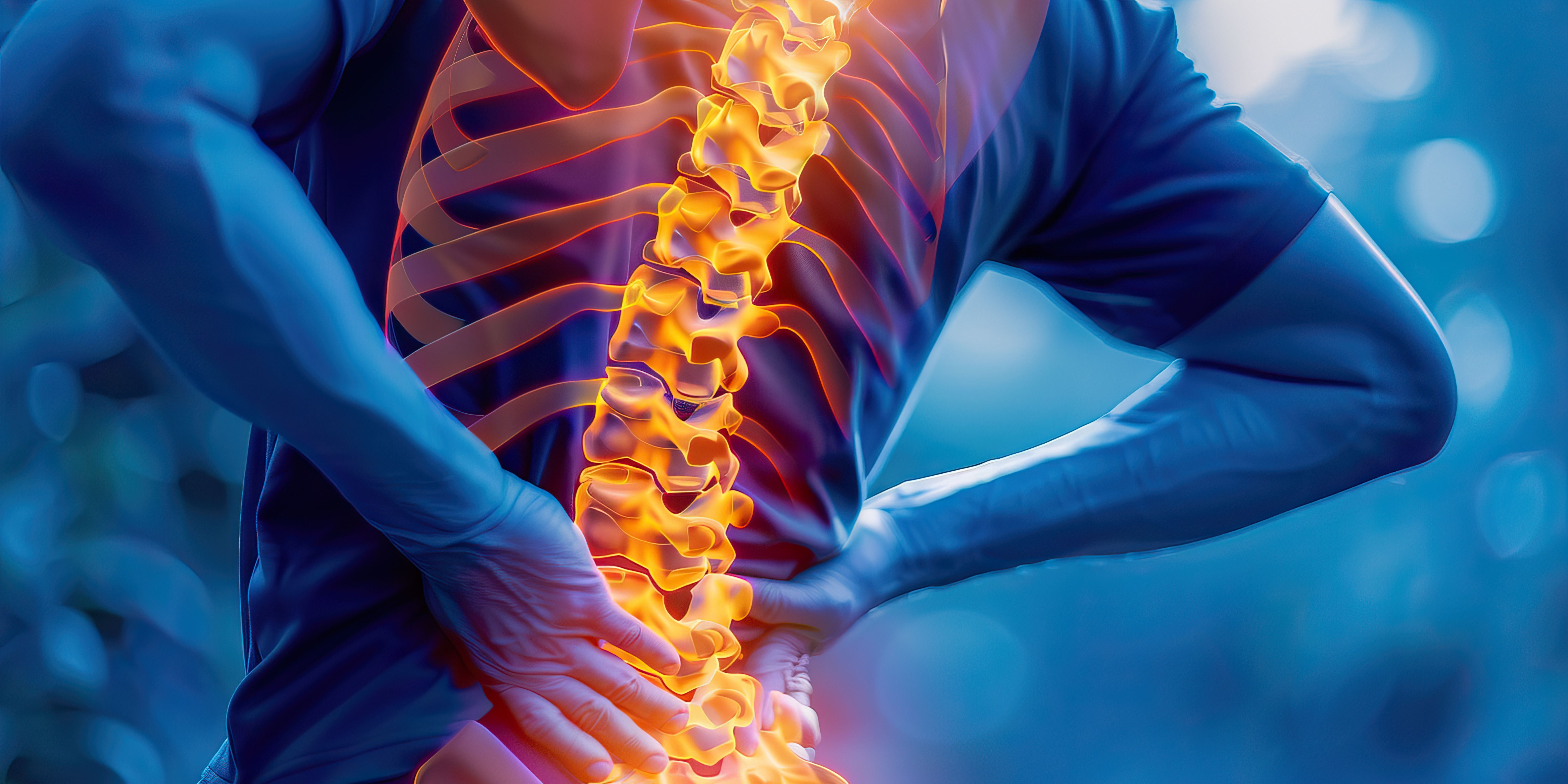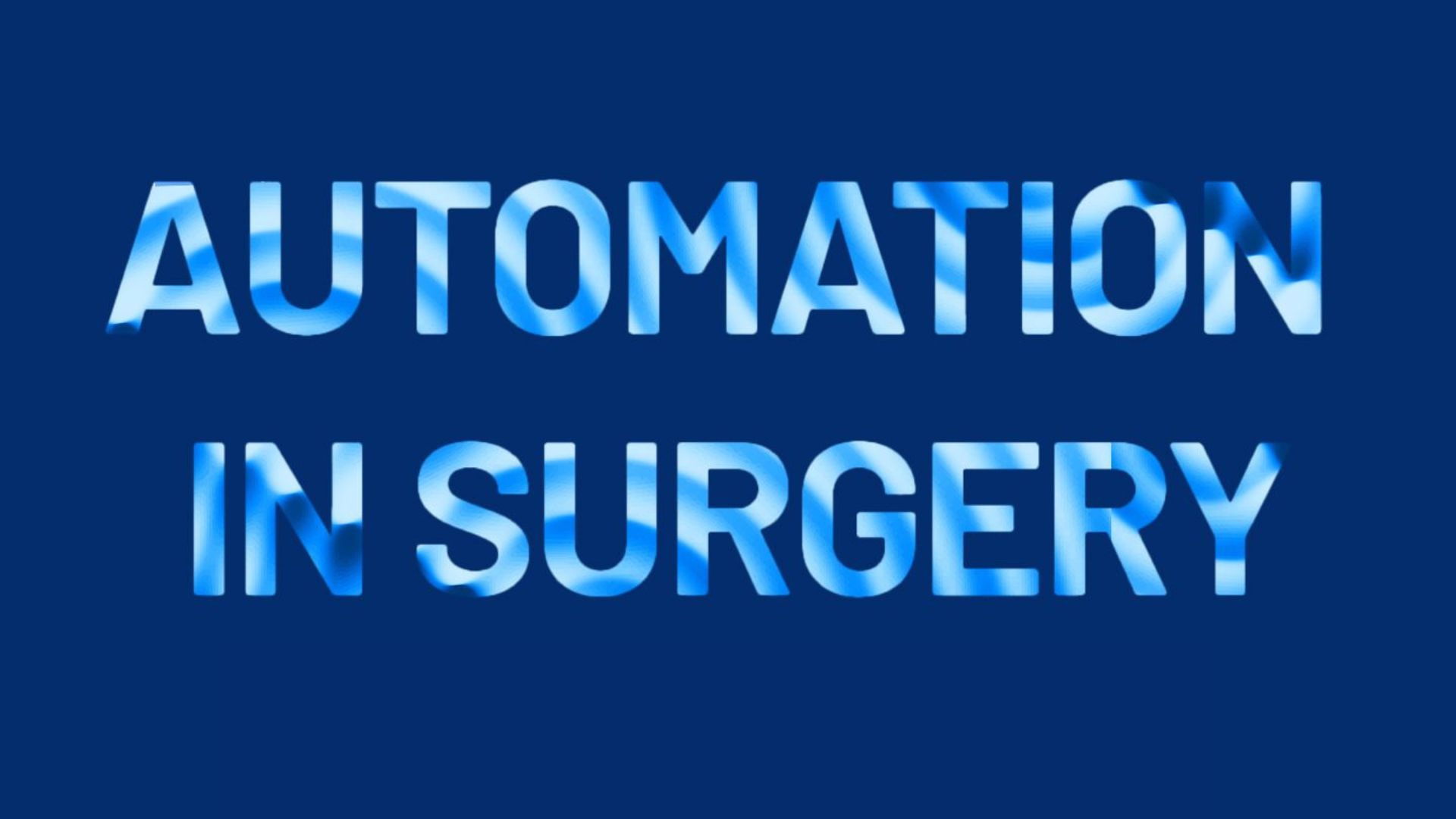
Understanding Ankylosing Spondylitis
Introduction
Arthritis is a condition that affects the joints and commonly occurs with age. Almost all of us know someone who has been affected by arthritis.
There are different types of arthritis. Ankylosing spondylitis (AS) is a chronic inflammatory disease mainly affecting the spine. It causes inflammation that can lead to fusion of spinal bones, reducing spine flexibility and causing pain.1
This article will take you through an overview of ankylosing spondylitis and explore its symptoms, causes, and treatments.
Symptoms of Ankylosing Spondylitis
Persistent lower back pain is often the first symptom of AS. Patients may also feel stiffness as the spine becomes less flexible. Pain can also affect other areas such as the shoulders, ribs, hips, thighs, and feet.2
Pain and stiffness often worsen after resting for long periods. Some patients may find it difficult to take deep breaths due to chest involvement, and joint swelling may occur.3
If untreated, AS can cause spinal weakness, bladder control problems, eye inflammation (uveitis), and enlargement of the aorta.4
Ankylosing Spondylitis Causes and Risk Factors
The exact cause of AS is unknown, but genetics, especially the HLA-B27 gene5, plays a major role. Men are more likely to develop AS than women. The disease usually begins in late adolescence or early adulthood.
Ankylosing Spondylitis Treatment
There is no known cure for ankylosing spondylitis. At present, treatment of the disease involves providing relief from pain and trying to prevent or delay the damage caused to the spine. Patients may respond differently to the same course of treatment, and the doctor will modify the course of treatment based on the patient’s needs.
Diagnosis involves clinical evaluation, imaging tests like X-rays or MRI to detect inflammation and bone changes, and blood tests to check for inflammation and HLA-B27.6
Physical therapy reduces stiffness, improves posture, and maintains spine flexibility. Patients learn exercises tailored to their condition.7
Surgery is rarely needed and is reserved for cases with severe joint damage or spinal deformity.
Lifestyle Tips
Healthy lifestyle habits help manage AS symptoms. Quitting smoking, maintaining a healthy weight, exercising regularly, maintaining good posture, and using hot or cold packs can relieve stress.8
Extra-Articular Manifestations of Ankylosing Spondylitis
Ankylosing spondylitis is primarily known for affecting the spine and joints, but it can also involve other parts of the body, called extra-articular manifestations. These include:
Eye inflammation (Uveitis): Sudden eye pain, redness, and blurred vision are common and require urgent medical attention.
Heart problems: AS can cause inflammation of the aorta (aortitis), leading to heart valve issues.
Lung involvement: In some cases, inflammation can affect the lungs, causing reduced lung function.
Kidney issues: Rarely, AS may lead to kidney problems due to associated inflammation.
Recognising these symptoms early is important to manage them effectively alongside the joint symptoms.9
MERILOCK Spine Anterior Cervical Plate System
The MERILOCK Spine Anterior Cervical Plate System includes titanium plates and screws of various sizes to help surgeons stabilise the front part of the cervical spine during fusion surgery. This system provides precise and effective treatment for serious spinal problems.
Conclusion
Ankylosing spondylitis can be effectively managed if treatment starts before permanent joint damage. If you notice symptoms, see your doctor promptly. Early diagnosis and treatment improve quality of life.10
References
1. https://pubmed.ncbi.nlm.nih.gov/17448825/
2. https://pubmed.ncbi.nlm.nih.gov/28110981/
3. https://pmc.ncbi.nlm.nih.gov/articles/PMC1754665/
4. https://pubmed.ncbi.nlm.nih.gov/19297344/
5. https://pubmed.ncbi.nlm.nih.gov/21339218/
6. https://pubmed.ncbi.nlm.nih.gov/19433414/
7. https://pubmed.ncbi.nlm.nih.gov/18254008/
8. https://pubmed.ncbi.nlm.nih.gov/21684383/
9. https://pubmed.ncbi.nlm.nih.gov/17448825/



